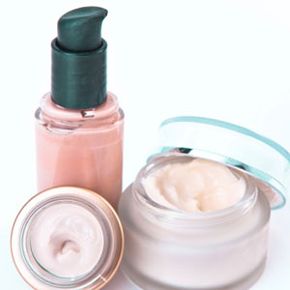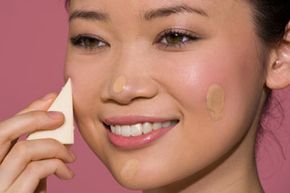Among the sea of female faces we see every day, it seems like there are two types of women: the ones with an inborn knack for makeup and the ones who couldn't tell foundation from concealer if their lives depended on it. But even if you're a lip-balm-only kind of girl, there will probably come a time in your life -- a black-tie party, perhaps, or a job interview -- that will compel you to put on some makeup. But where on Earth do you begin? Moisturizer, concealer and foundation, that's where -- the essentials for a natural looking, put-together face.
But the selection of foundation alone could be enough to make you throw in the towel right off the bat. What kind do you need? How do you put it on? Does concealer come before foundation, or after? What about powder? Or primer -- what is it, anyway, and do you really need it?
Advertisement
We won't claim that this article will automatically make you look beautiful and your skin look flawless, but it should be enough to get you started -- and help you have some confidence in the makeup aisle.
Advertisement


